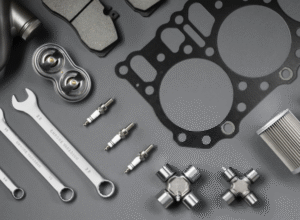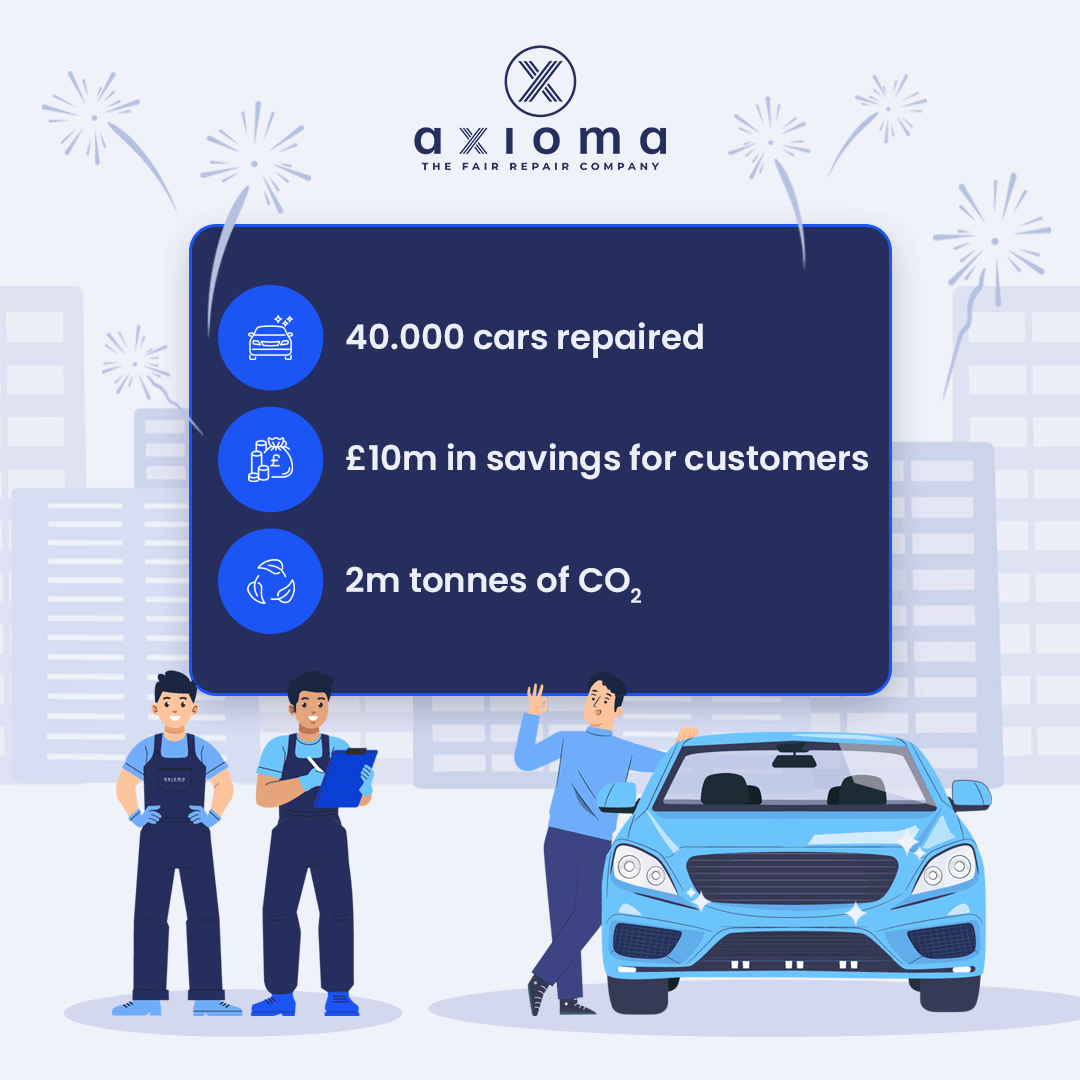The UK’s automotive aftermarket is changing fast and the latest data shows just how deep that shift runs. From Google search trends and debt-driven drivers to rapid EV turnover and growing grey fleets, the aftermarket in 2025 is being shaped by more than just technology, consumer behaviour, economic pressures and mobility habits are all rewriting the rules.
Here’s a breakdown of the six biggest insights from recent industry reports and what they mean for garages, fleet managers, insurers and drivers alike.

1. BMW tops the salvaged car search list
New research from Scrap Car Comparison, based on Google search volumes, reveals that BMW is now the UK’s most in-demand salvaged car brand, with over 2 760 searches in the past year. Close behind are Audi, Ferrari and Porsche (all tied at 2 280).
Interestingly, the Jaguar XF came out on top as the most searched salvaged model, with 1 920 annual searches. This aligns with Jaguar’s recent shift toward full electrification and the retirement of popular combustion models like the XF, XE and E-Pace.
For bodyshops, this suggests sustained interest in premium salvage repairs and resales, especially for high-value or discontinued models. With many of these vehicles still popular on the used market, demand for parts and refurbishment services is likely to rise.
2. Nearly 1 in 3 brits are falling into debt over car costs
A startling 29% of British drivers have been forced into debt just to cover essential vehicle expenses like fuel, MOTs and repairs. And it’s millennials who are hit hardest, with half of 25–34-year-olds relying on credit cards, payday loans or even borrowing from friends and family to stay mobile.
Even more concerning, 18% of all drivers expect to borrow money in 2025 just to keep their car on the road. A quarter (24%) are going into debt specifically for MOT costs, rising to a worrying 42% for millennials.
These figures, shared by Carmoola, reflect the growing affordability crisis in vehicle ownership. For garages and repair centres, this could mean more customers opting for budget repairs, delaying maintenance or seeking flexible payment options.
3. Tesla tops the fastest-selling used cars list
Tesla continues to break records in 2025, this time as the brand with the fastest owner turnover rate in the UK. New Teslas are being sold on after just 2.4 years (29 months) on average, according to carVertical. That’s faster than any other brand in the market.
The reasons? Strong resale values, rapid updates to models and the fast pace of EV innovation. In contrast, Kia and Dacia owners tend to hold on to their vehicles for nearly 4–5 years between trades.
The longest-owned car in the UK? The classic Mercedes-Benz 560SL, with an incredible 16.2 years average ownership, followed by the Jaguar XJS and Ford Capri.
This trend speaks volumes about EV adoption habits and the secondary market for newer EVs could soon explode. Repairers and used car specialists should prepare for more Tesla and EV-related servicing demand as newer models enter the second-hand ecosystem.
4. 81% of employers rely on grey fleet vehicles
A report by Europcar Mobility UK reveals that 81% of UK businesses depend on grey fleets, where employees use their own vehicles for work tasks like deliveries or client meetings.
That’s not all:
-
40% of employees believe their company uses grey fleets more than ever, post-pandemic.
-
32% say their employer provides no green travel options.
-
Alarmingly, 25% were never asked to show a valid licence, insurance or vehicle tax when using their personal car for business.
This presents serious duty-of-care and liability risks for employers. It also puts pressure on the aftermarket to support vehicles in mixed-use cycles, especially those doing higher-than-average mileage without regular fleet servicing oversight.
5. Car insurance: Delivery drivers pay the highest premiums
Ever wondered what you do for a living might mean for your car insurance? According to Vertu Motors, job title matters, a lot.
Using government data, they found that the average UK driver owns a nine-year-old Ford Fiesta, drives around 7 400 miles per year, and pays standard premiums if they have no claims.
But delivery drivers and painters? They’re the most penalised, paying an average of £431 and £407 respectively per year. It’s a reminder that even non-driving factors like job role, parking location and usage frequency are pushing up car insurance costs.
For commercial drivers and couriers, these costs compound the financial pressure already mounting from rising fuel prices and maintenance needs.
The takeaway: An aftermarket in flux
From rising consumer debt to fast-moving EV markets and overlooked fleet risks, the UK’s automotive aftermarket is in the middle of a quiet revolution. Whether you’re running a SMART repair service, managing a fleet or advising drivers on best practices, staying informed on these trends is key.
-
Adapt your services for EVs, high-turnover models and high-mileage personal-use vehicles.
-
Offer flexible payment solutions for price-sensitive customers.
-
Support businesses with grey fleet compliance and servicing options.
Because the numbers don’t lie: the way people buy, own and repair cars is changing as well as those who adapt will lead the road ahead.

 Share Post
Share Post


